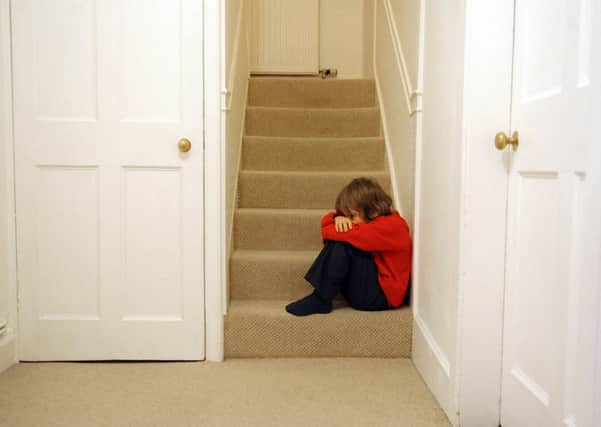Care weakness for ‘high risk’ children in Aberdeen


In a review of children’s services in Aberdeen, the Care Inspectorate said improvements in the life chances of those in need were often “variable”.
While those in need of protection were kept safe amid immediate concerns about their well-being, inspectors were “less confident” about the safety of young people who presented a very high risk to themselves and to others.
Advertisement
Hide AdAdvertisement
Hide AdThe report, which looked at services between August and October 2014, also found the performance of Aberdeen’s schools was below that of other local authorities and the national average on almost all key measures.
It noted the city was in the lowest-performing 20 per cent of councils for the proportion of young people achieving five or more Scottish Credit and Qualifications Framework (SCQF) level 3 and 4 awards (Intermediate 1 of Standard Grade general level).
It was in the lowest performing 10 per cent for young people achieving one or more Higher by the time they leave school. Exclusion levels were also “well above” national and comparative averages.
Nonetheless, inspectors said they were confident the lives of children and young people in the city were improving as a result of services being delivered.
Across nine quality indicators, six were found to be “good” and three “adequate”. But the inspectors said: “For some vulnerable young people, we found improvements in their life chances to be more variable with some experiencing more positive outcomes than others.
“Many families, including very vulnerable families, were benefiting from early support and were able to move easily from specialised and targeted support back through to mainstream and community support.
“Children and young people in need of protection were helped to keep safe and response to immediate concerns about their safety was now prompt and effective.
“Inspectors were less confident about the identification and management of risks for the small number of young people who present a very high risk to themselves or others.”
Advertisement
Hide AdAdvertisement
Hide AdSome health data also showed trends “moving in the wrong direction”, with the rate of teenage pregnancy at 9.9 per 1000 for under-16s, compared with 6.6 nationally, the report said.
Councillor Jenny Laing, chair of the community planning Aberdeen board, said: “All the partners take their responsibilities extremely seriously to make sure young people get the best possible start in life and that families have all the support they need.
“The effectiveness of our services is down to the dedication of the staff involved in all of the partner agencies.
“They, and the board, are fully committed to building upon our undoubted strengths and making any necessary improvements in areas which the inspectors have highlighted as needing further work.”
FOLLOW US
SCOTSMAN TABLET AND MOBILE APPS